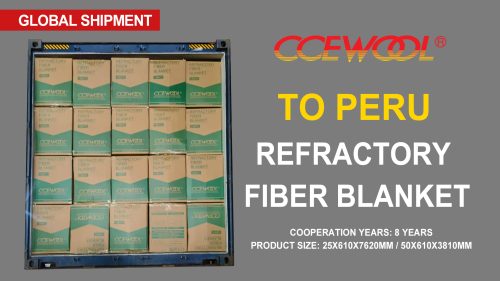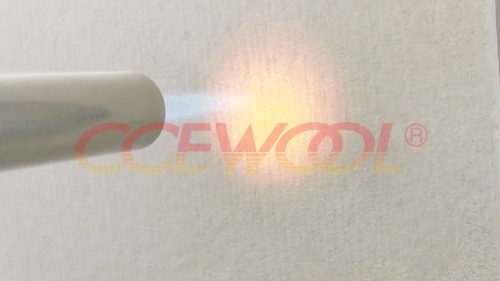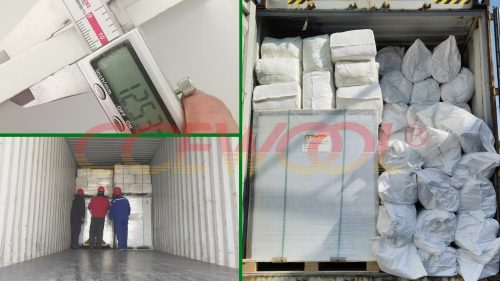What is the density of ceramic fiber blanket?
- 02 Sep, 2024
- Industry

When it comes to high-temperature insulation materials, ceramic fiber blankets are renowned for their exceptional thermal insulation properties and versatility. One of the key factors that determine the performance and application of ceramic fiber blankets is their density. Understanding the density of ceramic fiber blankets is crucial for selecting the right product for your specific needs, ensuring optimal performance and energy efficiency.
Density of Ceramic Fiber Blankets
The density of ceramic fiber blankets typically ranges between 64 kg/m³ to 160 kg/m³ (4 to 10 lbs/ft³). This density variation allows for different applications depending on the requirements of thermal insulation, mechanical strength, and resistance to compression. Higher density blankets are generally used where greater insulation efficiency and mechanical strength are required, while lower density blankets are preferred in applications where flexibility and ease of handling are more critical.
For example, CCEWOOL ceramic fiber blankets offer a range of densities to meet diverse industry needs. The most common densities are:
64 kg/m³ (4 lbs/ft³): These blankets are lightweight and flexible, making them ideal for applications where ease of installation is important, such as in furnace linings, pipe insulation, and gasket materials.
96 kg/m³ (6 lbs/ft³): This medium density is a balance between strength and flexibility, suitable for both thermal insulation and acoustic insulation in various industrial applications.
128 kg/m³ (8 lbs/ft³): High-density blankets are often used in situations where maximum insulation is required, such as in the lining of high-temperature furnaces, kilns, and other thermal processing equipment.
160 kg/m³ (10 lbs/ft³): The highest density blankets provide superior insulation and are used in the most demanding environments, where mechanical stress and high temperatures are constant.
Why Density Matters
The density of a ceramic fiber blanket directly influences its insulating capabilities, mechanical strength, and durability. Higher density blankets typically offer better thermal insulation due to their compact structure, which reduces heat transfer. They also exhibit higher tensile strength, making them more resistant to mechanical wear and tear in challenging environments.



